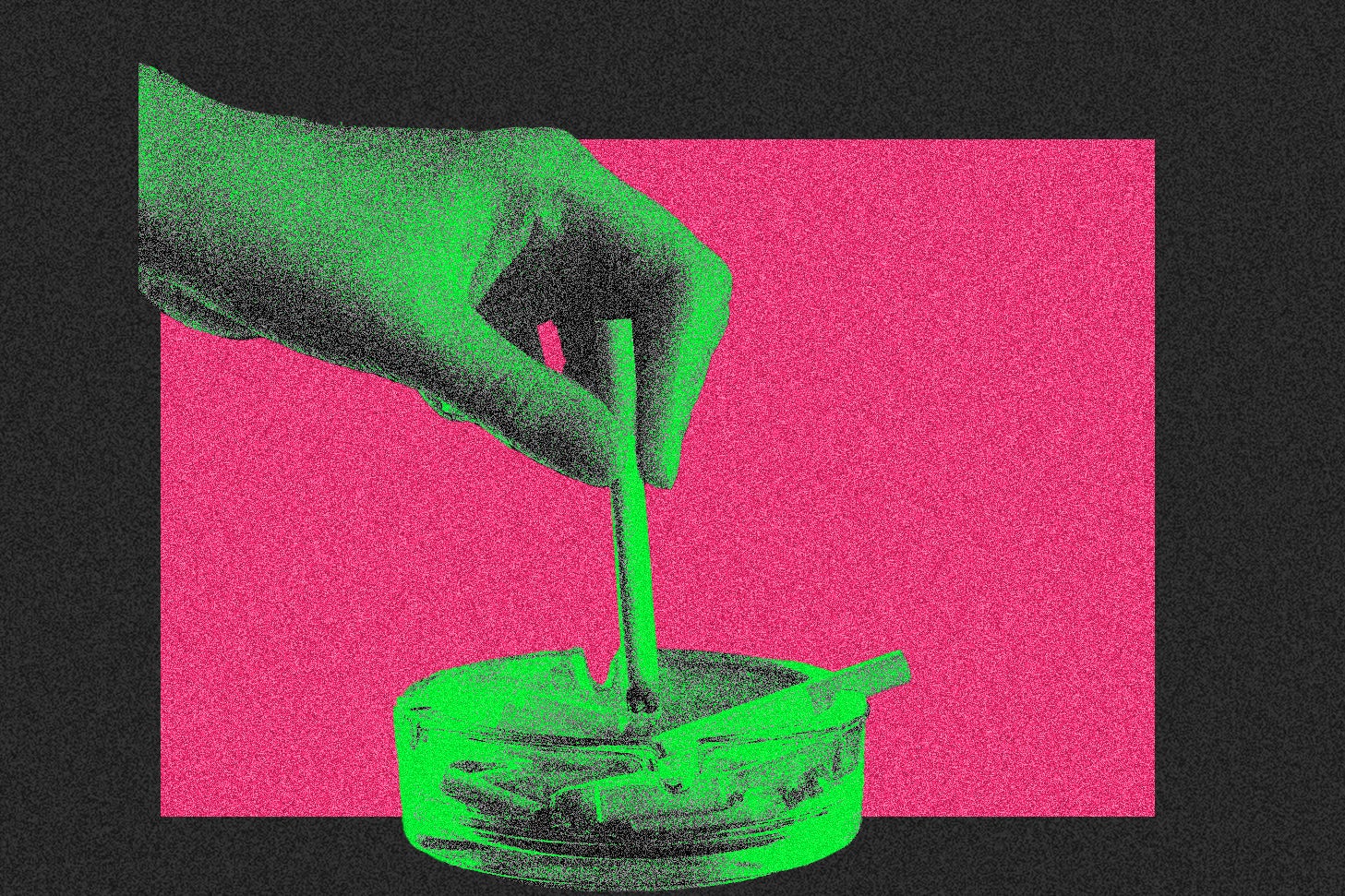Uncovering the Secrets: What Finally Inspired My Journey to Quit Smoking
After 12 years of smoking a pack daily, 34-year-old graphic designer Mark Reynolds successfully quit his nicotine addiction last spring. His turning point came when a routine health check revealed alarming lung damage, coupled with his daughter’s tearful plea: “Daddy, I want you to live long.” Reynolds’ story mirrors millions globally—where a combination of health scares, emotional triggers, and scientific strategies can unlock freedom from smoking’s grip.
The Wake-Up Call: Health Realizations That Changed Everything
For Reynolds, the journey began with a spirometry test showing his lung function had declined to 68% of normal capacity. “Seeing those numbers felt like a punch to the gut,” he admits. Research from the American Lung Association confirms this common catalyst—79% of successful quitters cite health concerns as their primary motivation. Other pivotal moments include:
- Witnessing a family member battle COPD
- Developing chronic smoker’s cough or shortness of breath
- Realizing smoking worsened anxiety rather than relieving it
Dr. Elena Torres, a pulmonologist at Johns Hopkins, notes: “Patients often ignore gradual symptoms until a tangible health marker forces confrontation. That moment becomes their leverage point for change.”
Beyond Willpower: The Science of Successful Smoking Cessation
Reynolds’ initial attempts failed until he combined behavioral therapy with nicotine replacement patches. This aligns with CDC data showing smokers who use evidence-based methods triple their success rates. Key strategies include:
- Pharmacological aids: FDA-approved medications reduce cravings by 50-60%
- Cognitive restructuring: Identifying and disrupting smoking-related thought patterns
- Social support: Quit rates jump 25% with accountability partners
Contrary to popular belief, relapse isn’t failure. A 2022 JAMA Network Open study found most successful quitters needed 8-11 attempts before achieving long-term abstinence.
The Emotional Catalyst: When Loved Ones Become the Reason
For Reynolds, his daughter’s innocent remark shattered his rationalizations. Child health psychologist Dr. Naomi Chen explains: “Parental guilt is a powerful motivator—many quit when they realize secondhand smoke harms their children’s developing lungs.” Other emotional triggers include:
- Partners threatening to leave over health concerns
- Shame about hiding smoking from family
- Financial stress from escalating cigarette costs
A University of London study found parents who quit for their children maintain abstinence 40% longer than those quitting for personal health alone.
Breaking the Habit Loop: Rewiring Daily Routines
Reynolds replaced his post-meal cigarette with a short walk—a tactic behavioral scientists endorse. “Smoking becomes embedded in neural pathways through repetition,” says addiction specialist Dr. Raj Patel. Effective habit substitutions include:
- Chewing cinnamon gum during former smoke breaks
- Using fidget tools during driving or phone calls
- Practicing box breathing when stressed
Neuroscience research shows it takes 21-66 days to rewire habits, emphasizing the need for persistent experimentation.
The Ripple Effect: How Quitting Transforms Lives
Six months smoke-free, Reynolds’ lung function improved by 19%, and he saved $2,300. But the intangible benefits surprised him most: “Food tastes vibrant again, and I don’t feel like an outsider at nonsmoking gatherings.” Longitudinal studies reveal broader impacts:
- Stroke risk drops to nonsmoker levels within 5-15 years
- Work productivity increases by an average of 28%
- Children of quitters are 33% less likely to start smoking
Your Turn: Taking the First Step Toward Freedom
Reynolds’ advice to aspiring quitters? “Start by identifying your why—the reason that will outweigh cravings when willpower falters.” Resources like the National Quitline (1-800-QUIT-NOW) provide free coaching and personalized plans. Remember: Every ex-smoker was once where you are now. As Reynolds concludes: “If a 12-year addict like me can quit, so can you—one smoke-free day at a time.”
Ready to begin your journey? Download the quitSTART app from the CDC for tailored strategies and progress tracking.
See more WebMD Network



